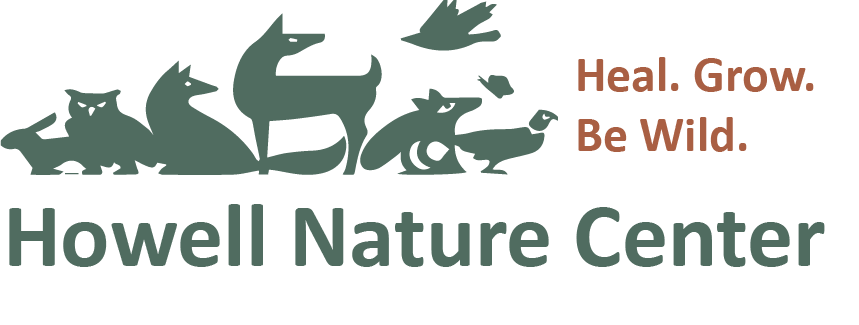Here at Howell Nature Center, our mission is that through mutual love and respect, we teach people to be faithful caretakers of one another and the world around us. With 230 acres, we offer numerous programs so you can find the activity that best suits you and your family to once again connect to nature.
STAY CONNECTED
Problem displaying Facebook posts. Backup cache in use.
Type: OAuthException

